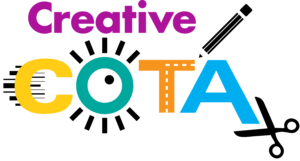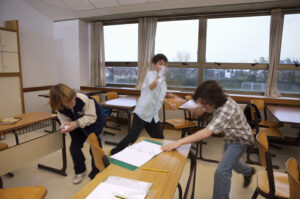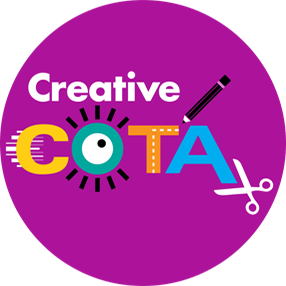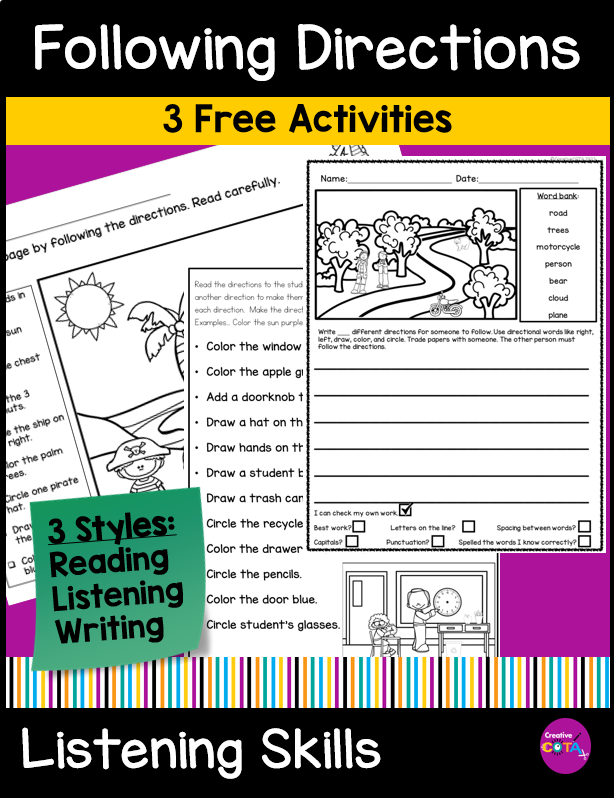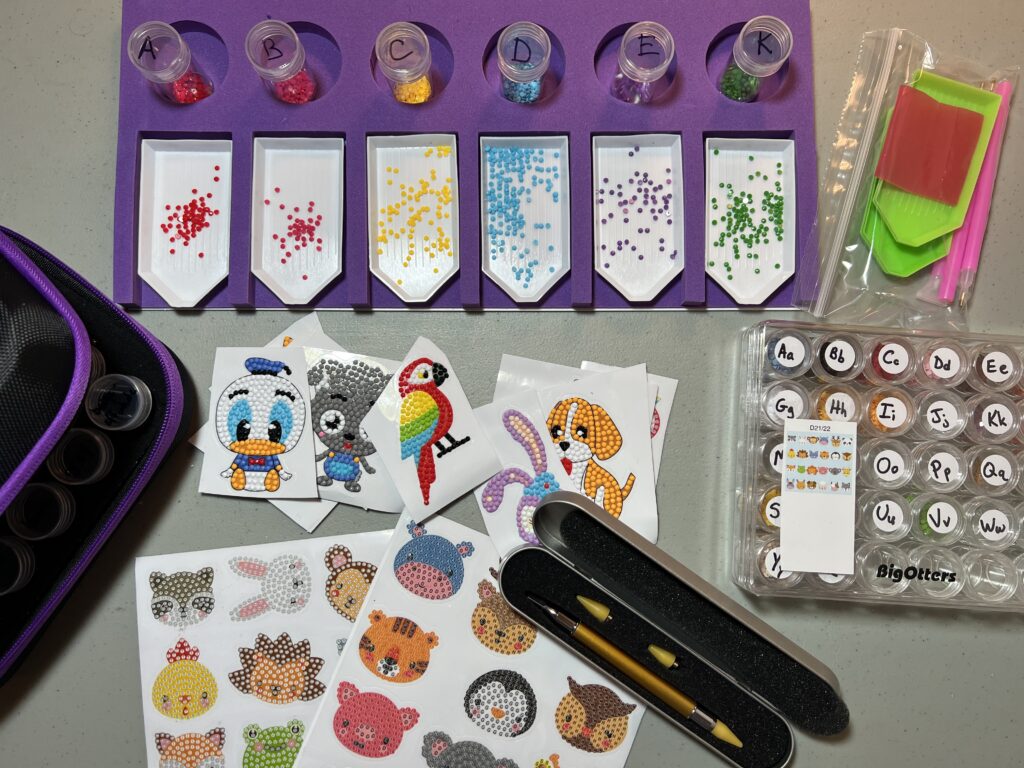
(This post contains affiliate links. If you use a link and make a purchase I will receive a small fee at no cost to you.)
In the ever-evolving landscape of education and therapy, finding innovative ways to engage students and clients is crucial. Enter Diamond Dots, a versatile and captivating activity that holds the potential to transform classrooms and therapy sessions alike.
Having stumbled upon these gems years ago with my young daughter, who now finds solace in them as a teenager, I can personally attest to their enduring appeal as a stress reducer. We established a dedicated station in our craft room, complete with a light table, sorting trays, and other organizational containers. Additionally, we couldn’t resist including these beautiful sets as part of our Christmas gifts this year.
In occupational therapy, the continuous quest for engaging activities that enhance skill development. Despite their potential, I only recently considered incorporating Diamond Dot art into my practice, and the results have been nothing short of remarkable. These little gems offer a fun and effective way to address a multitude of skills with my occupational therapy students. They are a fun way to work on so many skills.
The large sets are too much for my students. I discovered these little sticker sets and they are just the right size for a therapy session. We even use them as writing prompts to get a little handwriting practice. I use them with my older elementary, middle, and high school students.
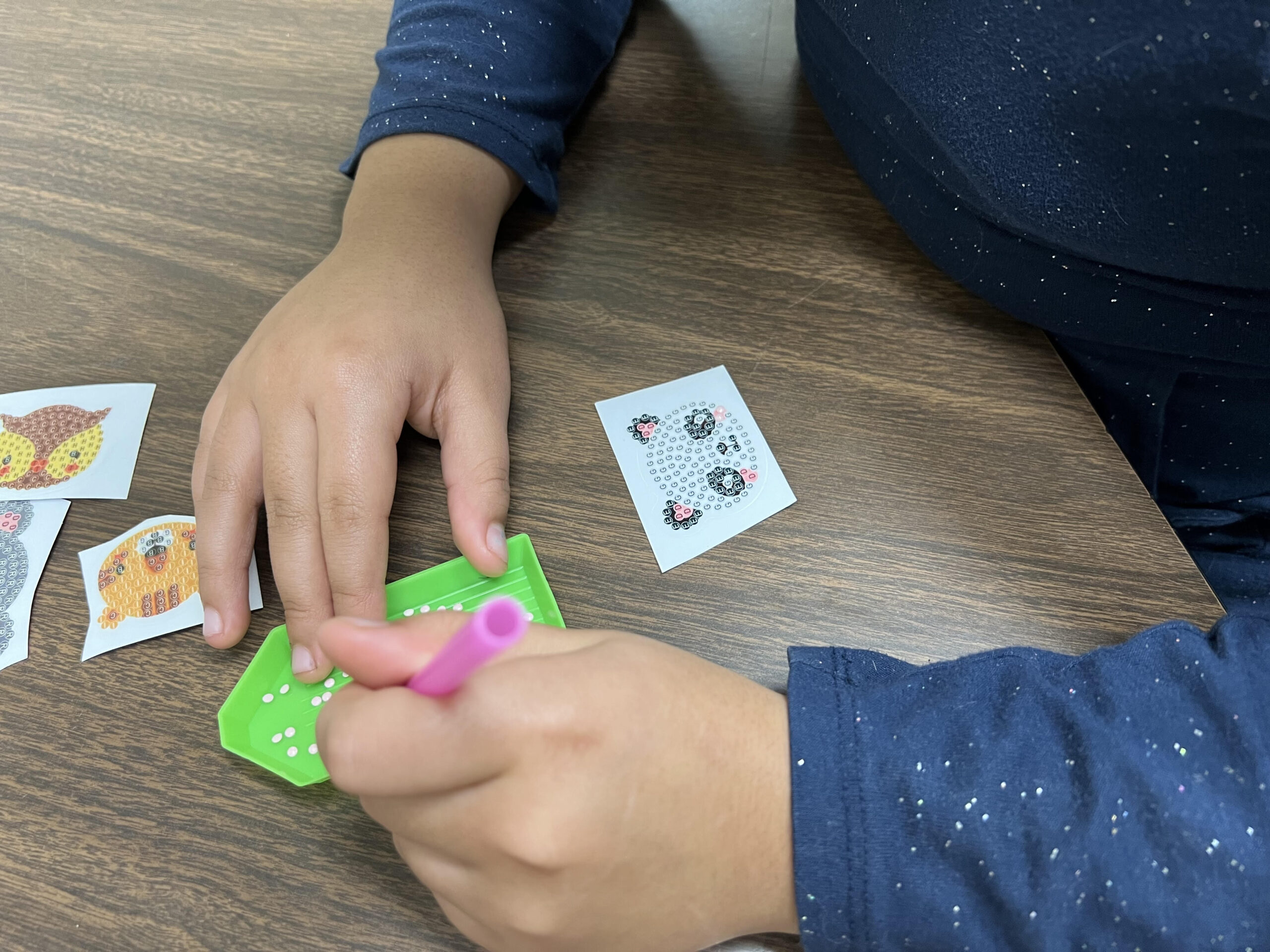
Here are several skills students will be working on if you add Diamond Dots to your teaching or therapeutic toolkit.
- Focused Attention: Diamond Dots demand precision and focus as students meticulously place tiny diamonds onto adhesive canvases. This meticulous process encourages sustained concentration, making it an ideal activity to enhance focus in both children and adults.
- Fine Motor Skills: As learners handle the small, sparkling gems, they naturally refine their fine motor skills. This hands-on activity helps strengthen hand-eye coordination and dexterity, promoting better control over small movements.
- Visual Perception: Sorting and placing the diamonds on the canvas requires visual discrimination and spatial awareness. This fosters the development of visual perception skills, essential for academic success and daily life tasks.
- Proprioception: Students must get a feel for how much pressure is needed to pick up and then place the gems. They also need to “hit the target” letter to complete the designs correctly.
- Tool Use and Pencil Grasp: Manipulating the Diamond Dotz stylus or tweezers hones tool-use skills, while the small size of the diamonds encourages a proper pencil grasp. This is particularly beneficial for students who struggle with fine motor control or grip strength. These egg grips fit on the stylus for students who need a larger tool.
- Color Matching: The rich array of colors available in Diamond Dots kits allows for engaging lessons in color matching. Teachers can incorporate color theory or simply let students explore and create vibrant, visually stunning artwork.
- Letter Match and Recognition: Diamond Dotz designs include letters for each color, fostering literacy skills in a tactile and enjoyable manner. This hands-on approach enhances letter recognition and reinforces the connection between symbols and sounds.
- Classroom Station for Early Finishers or Indoor Recess: Diamond Dots provides an excellent station for early finishers or indoor recess. They can even be helpful in a calming corner to help students refocus on learning. Students can continue their creative endeavors independently, promoting self-directed learning and a positive classroom atmosphere. Use the larger canvases as a cooperative classroom project and frame them when complete. They can be a great addition to your Diamond Dot Station.
- Activity During Counseling Sessions: In therapy, Diamond Dotz offer a therapeutic outlet for expression. Clients can engage in this calming and absorbing activity while discussing their thoughts and feelings, providing a non-intrusive channel for self-expression.
- Handwriting Prompts: Beyond their therapeutic benefits, I have found a unique use for the small stickers, writing prompts. It’s a clever way to sneak in some handwriting practice while keeping things engaging. You can have your students draw a picture of their art then write a few sentences or a story about it.
- Fidget: The completed stickers make a great finger fidget on their desk, water bottle or planner. Students can rub over it for a little sensory boost.
Ready to invest about $20 for hours of activities that won’t require more prep time?
- Sticker sets that take kids 20-30 minutes to complete. Cartoon Characters, cute animals, more realistic animals
- Storage container
- My stickers, tools, and dot storage fit perfectly in this large pencil bag. I travel to several schools so this organization bag is perfect for my needs. It fits right in my cart.
Willing to spend a little more?
- Storage bag that includes a storage container
- Sorting tray if doing more than one color at a time
- Light table
- Wax-free stylus. This was a game-changer for me. No more refilling the tools that come with the kits.
- Larger set that a class can work on over a period of time. For younger grades, for older grades. There are so many styles and sizes.
- We love these landscape pictures on our light table at home. It has been a great addition for some “mental health” time at our house. Completing one color at a time keeps the “mess” to a minimum.
For teachers or therapists looking to establish a dedicated workspace, a light table serves as an ideal station for Diamond Dotz activities. The enhanced visibility provided by a light table adds an extra layer of engagement to the therapeutic process. If you use the larger images you could just have one color out at a time to avoid spills.
Diamond Dotz can be a great tool that transcends traditional educational and therapeutic methods. By integrating creativity with skill development, this captivating activity has the potential to redefine learning and healing experiences for students and clients alike. Consider adding the sparkle of Diamond Dots to your teaching or therapeutic repertoire and watch as focus, skills, and creativity blossom.
About the Author
I am a Certified Occupational Therapy Assistant (COTA) and have been working in a public school system for more than 25 years. My resources can be found on TPT, BOOM Learning, Made by Teachers, Classful, and Your Therapy Source. I appreciate your interest wherever you wish to shop.
My mission is to help you find creative ideas to incorporate fine motor, visual perception, gross motor, and social-emotional learning into your lessons.
I hope you consider signing up for my Free Resource Library with your Email. I send out emails about once a week and share resources, tips, and planning ideas for your classroom or occupational therapy needs. Hopefully, these help your students work on building their skills in a fun and engaging way.

